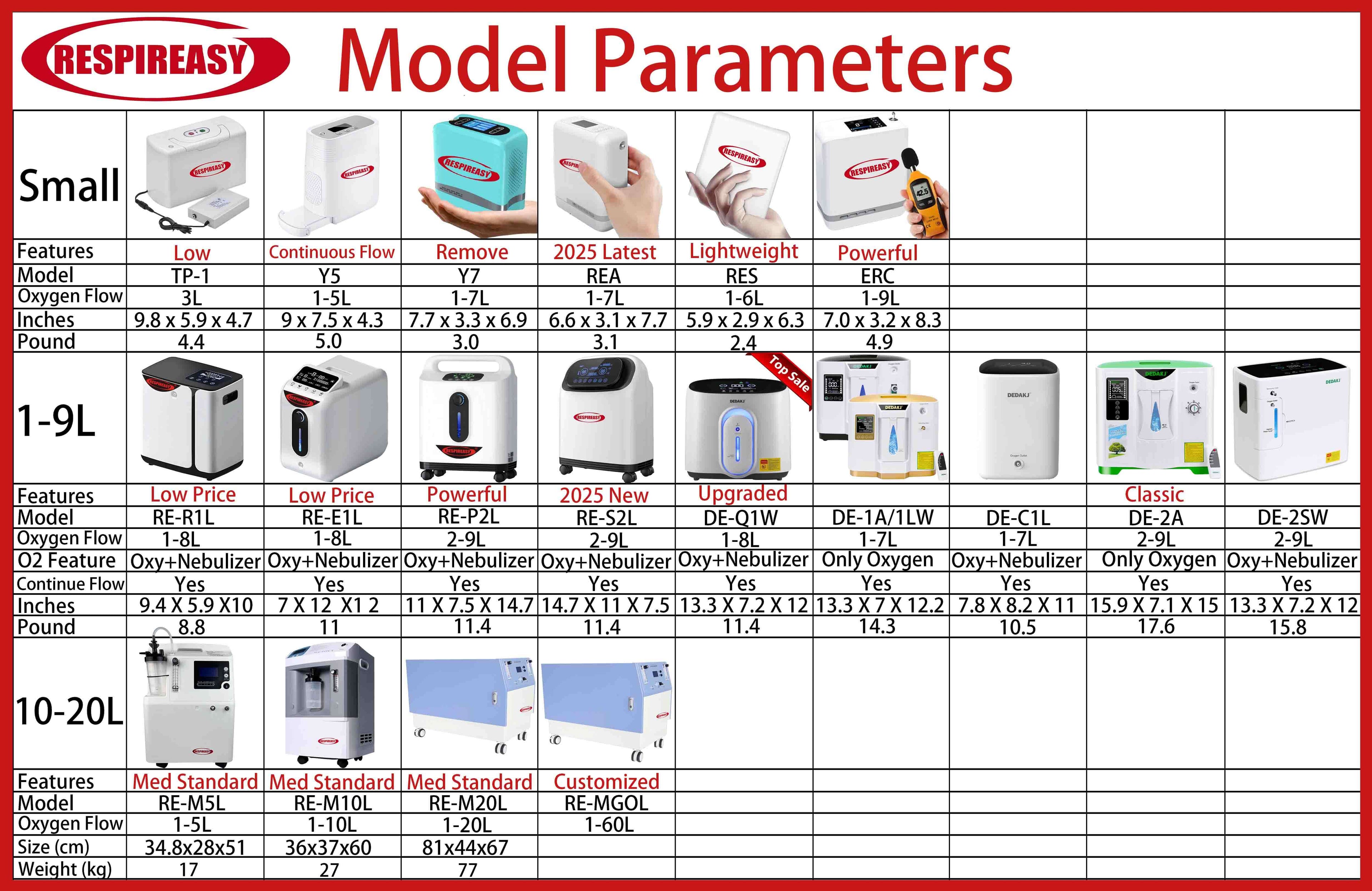
Pay attention to the importance of oxygen therapy for bronchial asthma
Overview of Bronchial Asthma
🎈Bronchial asthma, referred to as asthma, is a chronic airway inflammatory disease characterized by airway hyperresponsiveness and reversible airflow limitation. Symptoms of asthma include paroxysmal wheezing, shortness of breath, chest tightness and cough. These symptoms may be more obvious at night or in the early morning, and in severe cases may lead to acute respiratory failure.

Classification of Bronchial Asthma⁉️
🎈Bronchial asthma can be divided into many types according to different inducing factors and clinical manifestations, including allergic asthma, infectious asthma, exercise-induced asthma, drug-induced asthma, occupational asthma, cardiac asthma, psychogenic asthma and certain special types of asthma. In addition, there are atypical asthma, such as cough variant asthma, chest tightness variant asthma, etc.
Causes of Bronchial Asthma⁉️
🎈The causes of bronchial asthma may involve genetic factors, allergic reactions, occupational factors, infections, environmental pollution, dietary factors, etc. Genetic factors determine the patient's susceptibility to the disease, while environmental factors are specific triggers
📢📢Oxygen Therapy📢📢📢
👩⚕️Oxygen concentrators play an important role in the treatment of bronchial asthma, especially during acute attacks.

Dedakj Office Store Home 2-9L Adjustable Oxygen Concentrator DE-2SW
✅When patients with bronchial asthma have an acute attack, their airways will narrow and spasm, leading to oxygen exchange disorders and hypoxia. Oxygen inhalation can increase the oxygen concentration in the blood, relieve bronchial contraction and spasm, and thus reduce the symptoms of chest tightness and wheezing.
✅During an acute attack, if the patient has severe hypoxia symptoms, such as cyanosis of the lips, oxygen therapy is recommended. Oxygen inhalation can be performed through nasal cannula, mask or high-flow oxygen inhalation equipment, depending on the patient's degree of hypoxia and the stability of the condition.
👩⚕️It should be noted that oxygen therapy should be performed under the guidance of a doctor to ensure the correct oxygen concentration and treatment time to avoid potential risks of oxygen poisoning. In addition, oxygen therapy is often combined with other drug treatments, such as inhaled corticosteroids and bronchodilators, to fully control asthma symptoms.
👩⚕️Oxygen inhalation is an effective means of treating bronchial asthma, especially during acute attacks, which can significantly improve patients' hypoxia and symptoms. However, oxygen therapy must be carried out strictly in accordance with the doctor's instructions to ensure safety and effectiveness.











